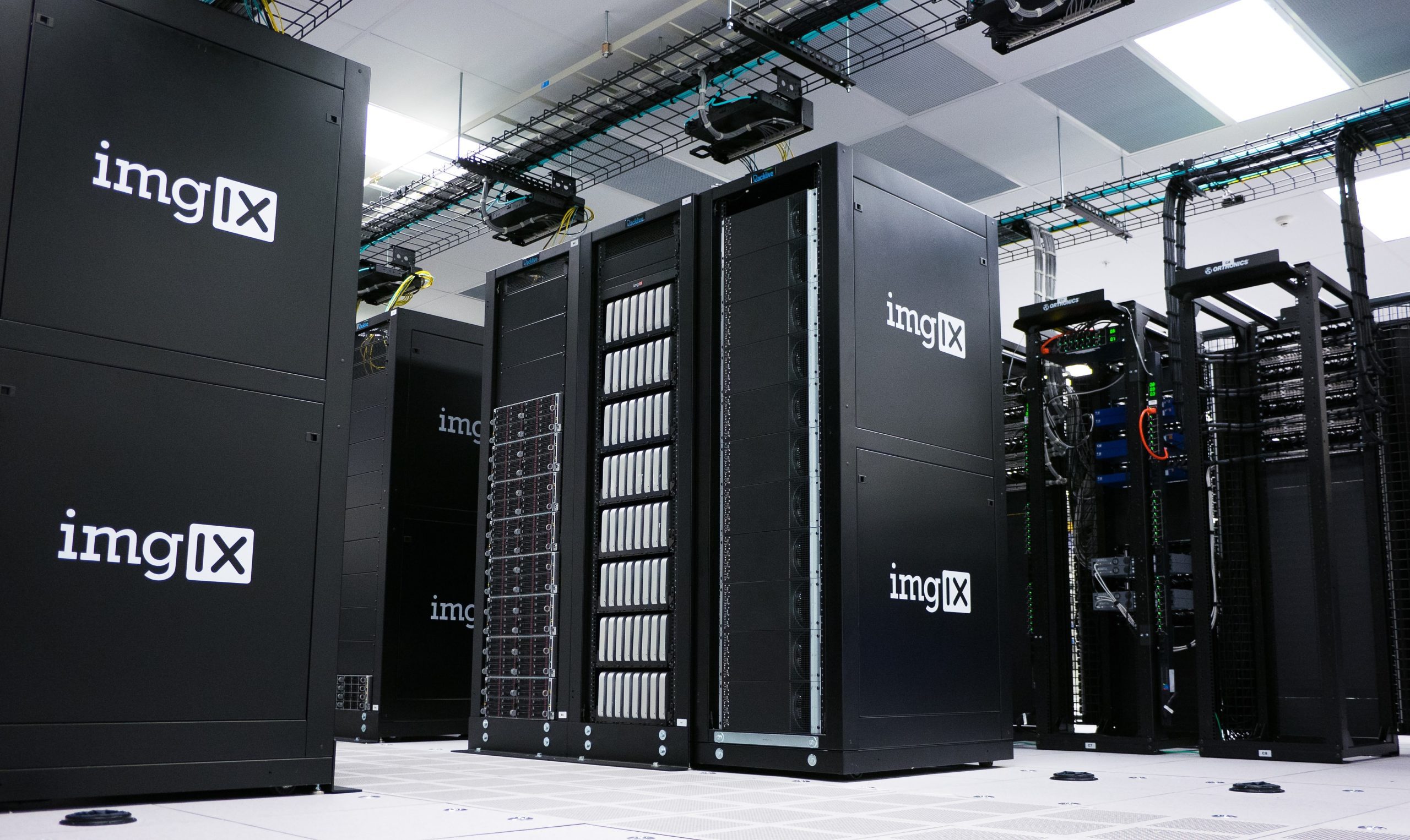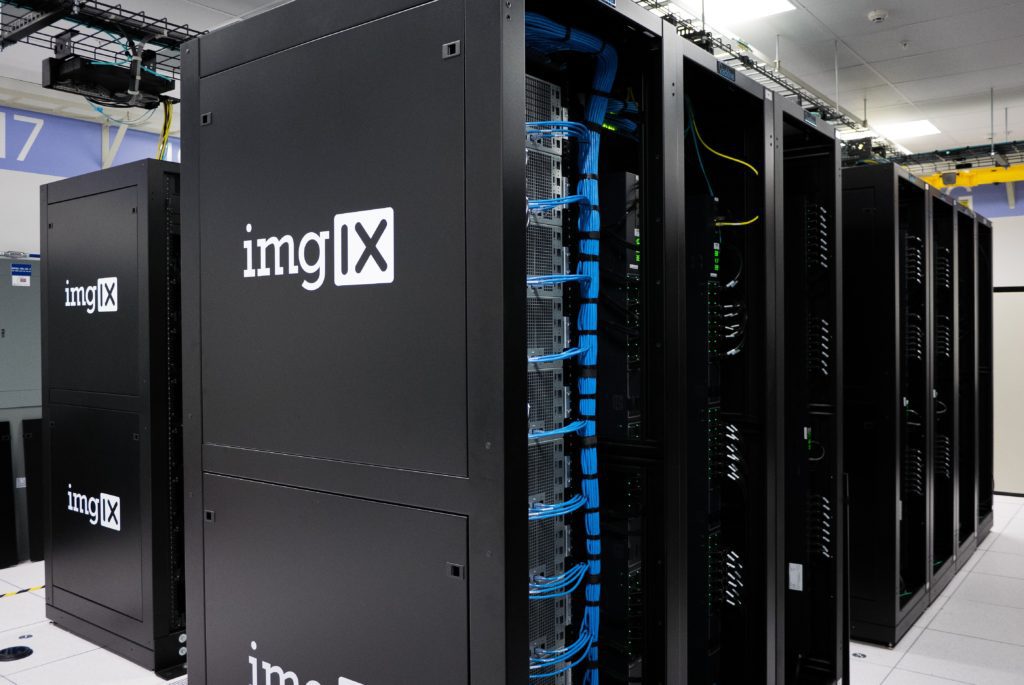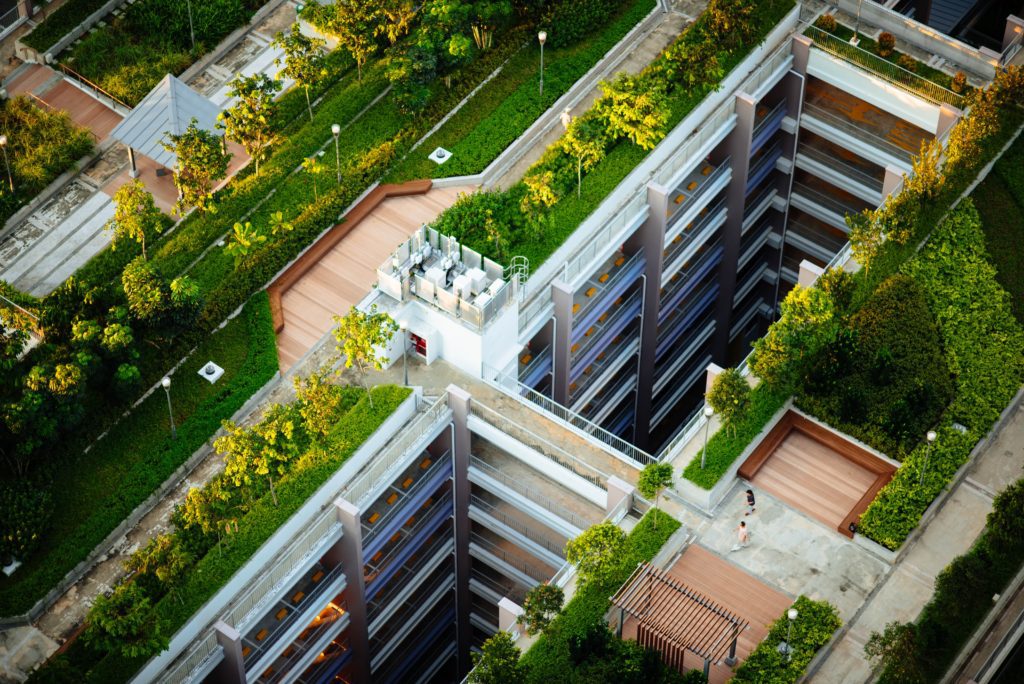08/16/2022 | Industrial Wastewater | 8 MINUTE READ
Data Center Water Usage Challenges and Sustainability

Data centers are facilities designed to centralize shared equipment and IT operations for companies in order to store and process applications and data. Since essential company assets are stored in these facilities, data centers have proven to be invaluable for day-to-day operations. Because of the integral role that data centers play in the success of a company, the businesses that use data focus on making sure that these facilities have ample security and reliability.
Data centers were once physical facilities with on-site equipment and technology that stored company information. Today, many data centers have moved to the cloud via virtualized infrastructure that’s able to support workloads and applications throughout several different types of environments.
Even though data is no longer stored on supercomputers, most modern companies are tasked with providing customers with access to website data and web pages over the internet, which means that computer processors must regularly interact with data centers. A data center can be as small as a kitchen cabinet or as large as a warehouse. The computers that are stored inside these data centers are referred to as servers, which accommodate the websites, software, and applications that are used on a daily basis.
Currently, the most popular data centers include Amazon, Google, and Microsoft. Because of how popular these data centers are, they are also the ones that use the most water. However, it’s difficult to identify exactly how much water these companies use to support their data centers since the majority of them hide their water bill.
Data centers use a considerable amount of water to ensure that the facility remains up and running, which means that these facilities are contributing to the mass water shortage that has been worsening as a result of recent droughts as well as existing climate change challenges. This guide takes a closer look at the challenges of data center water usage and the potential for sustainability.

Data Center Water Use
In 2020, around 1-2% of the total electricity demand throughout the world was used by data centers. Because of the amount of processing power data centers use, an excessive amount of heat is generated, which means that data centers are tasked with cooling down the facilities to ensure that damage is prevented. Nearly 43% of all data center electricity is used for cooling purposes.
The energy that data centers use is incorporated into the process of cooling water, which will then be evaporated to remove heat from the servers or sprayed into the air around the servers. Because of the need to cool down data center equipment, these facilities use copious amounts of water. Data centers that focus on transferring heat away from servers will evaporate the water, which means that the water can’t be reused.
To understand how much water data centers use, consider a one-megawatt data center, which is relatively small compared to most data centers. When using traditional cooling methods, these data centers would use upwards of 26 million liters of water each year. While cooling the equipment in data centers requires a considerable amount of water, the main source of water use involves the generation of electricity.
During the electricity generation process, water is effectively heated in order to generate a certain amount of steam. This steam is able to turn a turbine, which results in the production of electricity. High water use has serious environmental implications. When too much water is consumed, water shortages become more pronounced. High water use also facilitates an increase in a company’s carbon footprint. It’s possible to reduce the amount of water that’s used with solar and wind energy production.
Other industries consume water in the same manner. In fact, nuclear power and fossil fuels are all produced with this process. Hydroelectric power uses up some water from reservoirs. All of these processes work together to worsen water shortages.

Current Water Usage Challenges
Currently, there are many water use challenges that must be addressed before water shortages become too severe. The amount of water that data centers use presents various conservation and sustainability challenges to our society, which include everything from climate change droughts to water not having enough value.
Climate Change Droughts
Data centers can use upwards of 3-5 million gallons of water every day, which is enough to accommodate the water needs of a city with anywhere from 30,000-50,000 people. Even though many data centers have taking steps to become more water and energy efficient over the past 10 years, the amount of water that data centers use is still much higher than it should be and can create additional problems because of the ongoing scarcity of water as well as droughts brought on by climate change.
Many communities and areas across the U.S. have become concerned with the amount of water used by data centers because of existing drought issues. Back in 2017, several conservation groups located in South Carolina raised concerns over Google’s request to use 1.5 million gallons of water each day from an aquifer that had already been depleted in many ways.
This same aquifer was responsible for supplying residents in the area with upwards of four million gallons worth of tap water every day. Eventually, Google would agree to only use local groundwater in limited conditions. Because of climate change, drought conditions are only going to worsen in years to come, which means that every company that relies on data centers must find ways to reduce their water use.
Sustainable Data Centers
Data centers have been finding it difficult to acclimate to pressure from consumers over water conservation demands. The three primary reasons why data centers have worked towards becoming sustainable in the past include corporate policy, economic policy, and customer pressure, the latter of which should become a focal point in years to come.
In fact, many data centers believe that external pressure will mount since many members of the public are expecting companies to become more sustainable. The entire industry is already focused on creating the most innovative technological advancements, which means that companies have the opportunity to create regulatory changes instead of waiting for these changes to be made by state or federal governments.
Keep in mind that many of the largest data centers in Europe have already committed to self-regulation in this regard, which involves being 100% carbon-free and focusing on water conservation. Companies can become more sustainable with the right investments. Many lenders are requiring companies to make sustainable commitments in order to receive a loan, which helps to protect the borrower and lender from any future regulatory changes that might occur.

We Don’t Give Water Enough Value
At the moment, the water demand from data centers is more complicated to manage when compared to the carbon footprint. While net-zero is a focal point for reducing carbon emissions, zero-water isn’t possible when taking water demand and use into account. Certain data centers are situated in areas that have an abundance of water, which means that water consumption doesn’t need to be reduced by a substantial amount.
On the other hand, some data centers exist in areas with drought conditions as well as worsening infrastructure, which makes the need for reduced water consumption much more pertinent. The stress on water supplies needs to be considered for the region that the data center operates out of, which many companies aren’t thinking about at the moment.
A large percentage of companies focus on selecting areas with the lowest water costs to do business. However, this doesn’t always equate to areas with the most water. Recently, Microsoft evaluated its total water footprint with a data center that’s located in San Antonio, TX.
This evaluation identified that the actual cost of water was almost 11 times higher than the company was currently paying. If water cost more for companies to access, these companies might be more inclined to reduce their water footprint. While Facebook and Microsoft publish data about their water use, many companies don’t, which needs to change in the years to come.
Is Data Center Water Usage Sustainable?
With the right approach, it’s possible for data centers to become water sustainable. In recent years, many data centers and cloud leaders have taken notable steps to reduce their carbon footprint as well as the amount of energy they use. These facilities have focused on switching to renewable energy and have made arrangements with other companies and cities to produce energy in a more sustainable manner.
While different companies have used different approaches when it comes to reducing their carbon footprint, substantial advancements have been made in the renewable energy industry. While these measures are important, the same changes must also be made when it comes to water consumption. Some of the measures adopted to reduce energy use have also resulted in a reduction in water consumption.
Obtaining a sustainable option for data center cooling means that power and water consumption need to be properly balanced. Even though there are cooling technologies that are able to be operated without using any water, these technologies use high amounts of power, which means that they aren’t as sustainable as other measures. As advancements continue to be made, the best and most sustainable option will be one that focuses on energy efficiency, cost of ownership, and responsible water consumption.
Data centers currently use a considerable amount of water because of the need to generate electricity and cool equipment. While it’s nearly impossible for these facilities to avoid using water altogether, there are methods that can be used to adopt a more sustainable approach to water usage.
Posted by Dominic O'Donnell on August 16, 2022
Sensorex is a global leader in the design and manufacture of quality sensors for water quality and process applications. The company offers more than 2000 sensor packages for pH, ORP, conductivity, dissolved oxygen, free chlorine, chlorine dioxide, UV transmittance and other specialty measurements, as well as a full line of sensor accessories and transmitters. Its expert technical support engineers solve analytical sensor challenges with custom designs and off the shelf products.




